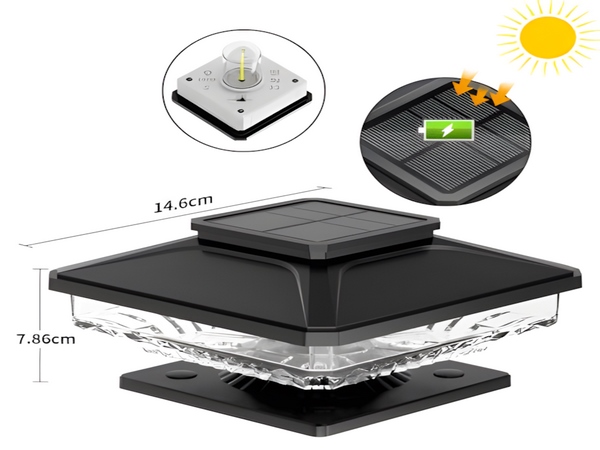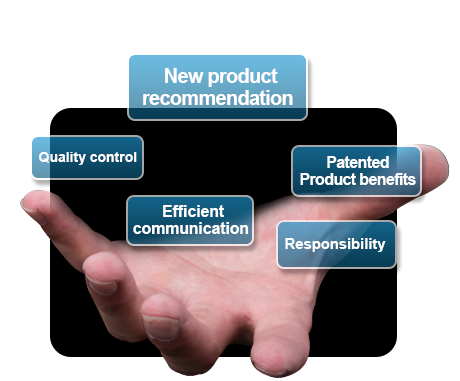The power generation of battery components varies with weather conditions and sunlight duration, making it unstable. Therefore, the charge and discharge control of batteries in solar photovoltaic independent power systems requires stricter standards than ordinary applications. The design completeness of the installed controller directly determines whether the entire Bitpott solar street light system can operate smoothly, avoiding uncontrolled situations.

A complete solar street light controller should have two primary functions. First is functional control; Bitpott solar street lights are commonly used on rural outdoor roads and are part of the construction of rural ecological environments. During the day, they serve a decorative purpose and enhance the environment, while at night, they provide decorative lighting. Depending on different usage situations, some need to operate all night. Generally, the working time for ordinary lighting solar street lights is between 4 to 8 hours. Therefore, it is crucial to have light control on/off functions, or time control on/off functions, eliminating the need for manual control.
The second aspect involves protection function control, which includes anti-reverse charge protection for solar panel components, overcharging protection for batteries, proper discharge protection for excessive charging, compensation functions when the temperature is too low, and constant current driving functions for LEDs. The LED constant current mainly adjusts the input current of the LED through a boost circuit or a dedicated constant current chip, ensuring it maintains constant current driving for LEDs despite fluctuating battery voltage. It is important to prevent reverse charging; generally, a diode is connected in series in the solar panel charging circuit to prevent reverse charging. Schottky diodes are commonly used due to their lower voltage drop compared to regular diodes, effectively preventing excess charging that could harm solar panels.

For Bitpott solar street lights, many lithium-ion batteries come with a protection board that prevents overcharging and over-discharging. In controller design, these features do not need to be added if a protection board is present. However, if there is no protection board, these protection functions must be incorporated into the controller, as excessive discharging can cause damage to many batteries. Therefore, requirements should be determined based on usage situations, and the discharge cut-off voltage should not be set too low to avoid insufficient power supply for normal lighting over multiple rainy days.

